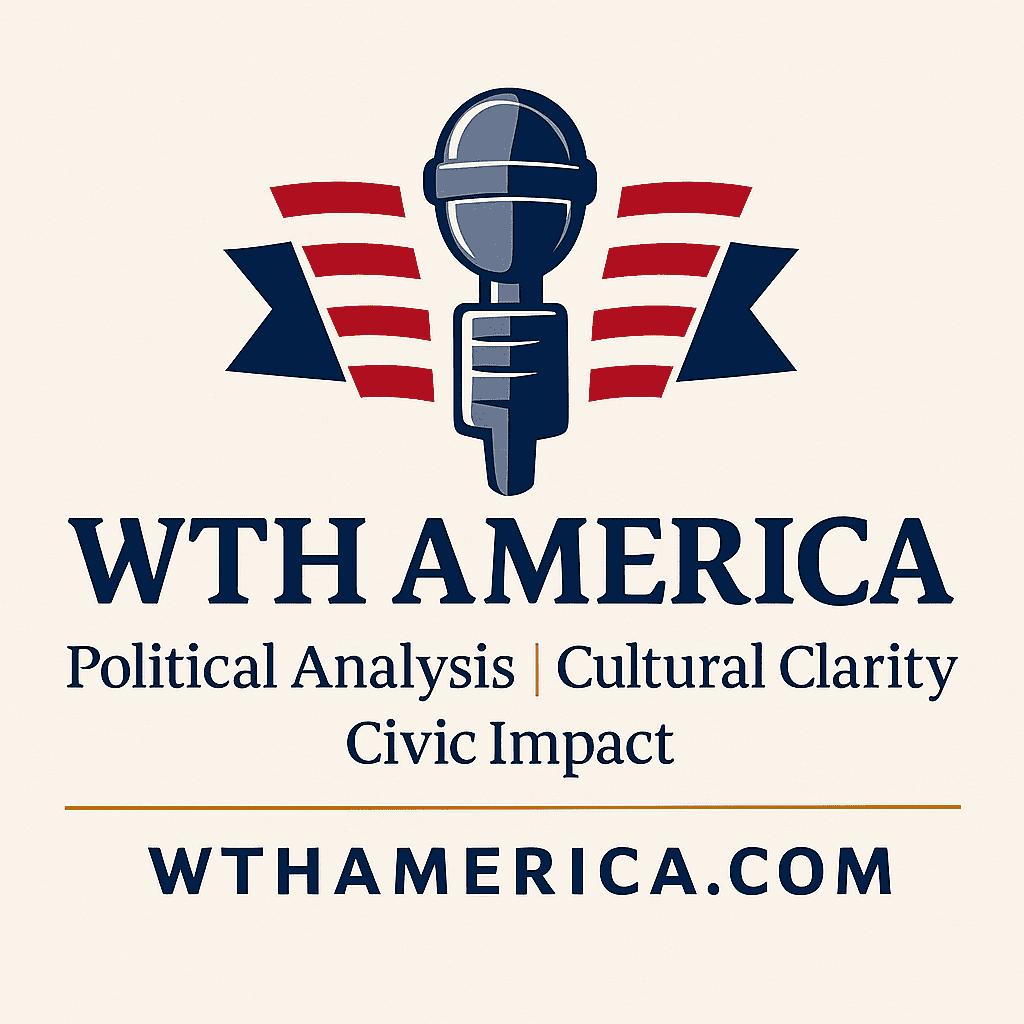
How to Practice Productive Statecraft (w/ Dennis Ross)
May 25, 2025EARLIER THIS MONTH, PETE BUTTIGIEG, wearing a plaid flannel shirt, sat down in his home office in Traverse City to record a video about how “overwhelming” the news felt right now.
“It’s all of the different platforms and overlapping and competing ways to get information,” he said, summoning a relatable feeling, even for casual consumers. But rather than make a plea for platform consolidation, the former transportation secretary announced that he too was expanding his repertoire. He was getting on Substack, he told his Instagram crowd.
“It’s a platform that I find makes it possible to communicate in a lot of different ways about different topics with very different audiences,” Buttigieg said, directing folks to sign up and follow him.
Buttigieg’s Substack already has over 380,000 followers, making him one of the most prominent Democrats now on the platform. But he is hardly the Magellan of the Substack movement. Since Donald Trump’s second inauguration, Democratic officials and strategists have started exploring the Substack seas in earnest.
Connecticut Sen. Chris Murphy has become a prolific Substack poster. Texas Rep. Jasmine Crockett published her first Substack newsletter last Thursday, writing that she planned to bring readers “behind-the-scenes, context, receipts . . . and, yes, sometimes, the clapbacks.” Arizona Sen. Ruben Gallego also joined on Thursday. Rahm Emanuel posted for the first time just last month and the Democratic National Committee made its debut on the platform in March.
What does the migration reveal about the ever-evolving world of political communication?
These Democrats have come to Substack both in search of new audience connections and as refugees from sites that have grown toxic or untraversable: X’s redpilled algorithm and Meta’s shadowbanned political content. As cable news becomes less relevant and as liberals have scattered across a variety of social media platforms, Substack has become one of the few places to offer stability: with a growing audience, a reliable information delivery system, and a variety of mechanisms (emails, Twitter-like “notes,” videos, and various chat tools) to convey one’s message and engage directly with followers.
The company sees an opportunity. Its employees have been meeting with congressional staffers and chatting up aides to potential 2028 presidential candidates, encouraging them to get on the platform. Substack also recently hired Alli Brennan, who worked in political guest booking at CBS News and CNN—the type of person who has phone numbers and contacts for just about everyone in D.C. whom the company is hoping to get on its platform. The goal is ambitious: they want Substack to become the essential online arena for political discourse in the upcoming election cycles.
“This movement of politicians to Substack is huge, and it’s going to get even bigger,” said Catherine Valentine, Substack’s head of politics. “I think that the 2026 and 2028 elections are going to play out on Substack.”
(Full disclosure: Although The Bulwark uses the publishing platform, Substack did not ask us to write this piece nor are we getting any special treatment for covering this trend.)
From Substack’s viewpoint, the ideal outcome would be to become a central hub for the 2028 presidential election. The platform seems ripe not just for personal essays and reflections but for 2028 primary candidates to post their policy platforms and engage in nerdy debates in the comments section. So far, the political announcements made on Substack have been around decisions not to run—Buttigieg’s first post was a piece about why he was passing on a campaign for governor or Senate in 2026 and Wisconsin Democratic Party chair Ben Wikler announced in a Substack essay earlier this spring that he would not run for another term. But Valentine envisions it as a place where candidates announce their candidacies, where reporters post their scoops, and where conversations happen among voters, operatives, and politicians.
“Substack is full of the door-knockers. These are not passive followers,” said Valentine. “I think politicians across the board are going to do whatever they can to reach these people and make them volunteers.”
While Substack is clearly well positioned heading into 2028, the same has been true of other outlets that seemed poised to dominate past cycles, only to fizzle (see: The Meerkat Election, 2016). There are also aspects of the platform that may make it limiting for candidates.
For starters, new users have to start from scratch and build up their following organically. Success on the platform requires frequent posting and constant engagement, and can be a real time-suck for those with leaner staffs. Any fundraising appeals are limited to the universe of people who are already on one’s Substack email list. And the audience is not on par, yet, with the other social media titans. More than 80 percent of adults in the United States use YouTube and 68 percent are on Facebook, according to the Pew Research Center. Some 47 percent use Instagram, 33 percent use TikTok, and 22 percent are on X. Substack was not included in Pew’s report, but the company says it has 50 million active subscribers.
Still, Democrats see Substack as one of the more promising platforms, in part because it has largely moved against the current social media trends—more essays than algorithms, intellectualism alongside influencers.
“As the World Wide Web has disintegrated into a confusing miasma of AI slop, places like Substack that allow you to have a direct one-on-one relationship with the audience have never been more valuable,” said former Obama senior adviser Dan Pfeiffer, who writes a Substack newsletter “The Message Box.”
Amanda Litman, cofounder of Run For Something, the grassroots organization that helps train first-time candidates, said the platform, on which she posts, has an “intimacy” to it. There was a “need for that kind of text-based communication that Twitter was good for to push factional intra-factional conversation,” she added.
SUBSTACK EMPLOYEES SAY that similar points have come up in their conversations with lawmakers and political staffers. They often hear concerns about how social media companies can change their algorithms on a whim, often in ways that suppress political content (Meta, for example, limited its political content ahead of the 2024 election). There’s an exhaustion with cable news, which many staffers say has increasingly limited reach. Beyond the formal process of crafting stuffy press releases that no one reads, there are few mechanisms to explain a vote or a policy proposal in a personal and engaging manner. While officials like Rep. Alexandria Ocasio-Cortez have reached large audiences with Instagram, Twitch, and TikTok, it may be that Substack (along with YouTube) will prove better suited for longer-form content.
Not every high-profile Democrat or 2028 hopeful is active on the platform. But that seems like a matter of time. And many are on but simply lurking.
California Gov. Gavin Newsom hasn’t posted anything yet, but he reads at least two Substacks according to his profile, one of which is Mark Halperin’s “Wide World of News.” Massachusetts Sen. Elizabeth Warren is subscribed to “Under the Desk News,” by TikTok star V Spehar.
California Sen. Adam Schiff balances out his Substack diet with “The Parnas Perspective” by Aaron Parnas (the Gen-Z son of Lev Parnas, the close Rudy Giuliani associate) and legal scholar Harry Litman’s “Talking Feds.” Beto O’Rourke appears to be a true Substack stan; he subcribes to at least twenty of them. North Carolina Attorney General Jeff Jackson was an early Substack user, and has gained a dedicated following.
Substack employees noted that while MAGA figures like Robert F. Kennedy Jr. and Tulsi Gabbard have been on the platform for a few years, Republicans have been slower to jump on the platform compared to Democrats. But Substack thinks they, too, will eventually come. The State Department joined last month.
— Four top partners at Paul Weiss announced on Friday that they would leave the law firm following its decision earlier this year to cut a deal with President Donald Trump. Among them is Karen Dunn, the prominent Democratic lawyer who led Kamala Harris’s debate preparation for her matchup against Trump. The group of lawyers said they would start their own firm.
I wrote earlier this spring about the frustration among some Democrats after high-profile members of the party did not immediately quit or publicly push back when their law firms made deals with Trump to avoid his retribution. Some Democratic officials felt like those lawyers (including figures like former second gentleman Doug Emhoff) should have immediately quit in protest. The departure of the Paul Weiss attorneys is the latest sign that prominent Democratic lawyers are responding to big firms’ capitulation to the White House. Former Obama administration Homeland Security Secretary Jeh Johnson announced earlier this month he would also leave Paul Weiss.
— The death of Virginia Rep. Gerry Connolly this week reignited a conversation within the Democratic party about when older members should retire. Connolly, who died at age 75 after being diagnosed with esophageal cancer, was the third Democratic member to pass away this year. Rep. Sylvester Turner, 70, and Rep. Raúl Grijalva, 77, both died in March.
Trump’s “Big, Beautiful” spending bill narrowly passed the House on Thursday morning with a 215–214 vote. Although Republicans likely could have twisted more arms to get the votes needed to pass the bill had those three members still been alive to vote against it, the situation was one more data point for Democrats who are calling for a new generation of leadership and urging the party to do some deep reflection on its gerontocracy.
“One more point on the real danger posed by the system of seniority politics,” said DNC vice chair David Hogg. “It’s really sad that this happened, but the feelings of any particular member don’t take precedence over the millions of Americans who are going to be impacted by these bills.”
Pushing back against the gerontocracy argument, Aaron Fritschner, a staffer for Rep. Don Beyer (D-Va.), wrote on Bluesky, “I knew. . . that we’d be inundated with this take, which is understandable but wrong. They had 4 more votes if they’d needed them. Republicans did this, they made decisions, they don’t deserve to be excused this way.” But based on the replies he received, the old-age argument remains pretty persuasive. “I should just log off and leave you to your pitchforks,” he wrote after an hour.
— What are people still doing on X?
— The 2024 election was even weirder than we thought.
— Democratic Hill staffer is a contestant on next season of Survivor.
Great Job Lauren Egan & the Team @ The Bulwark Source link for sharing this story.







